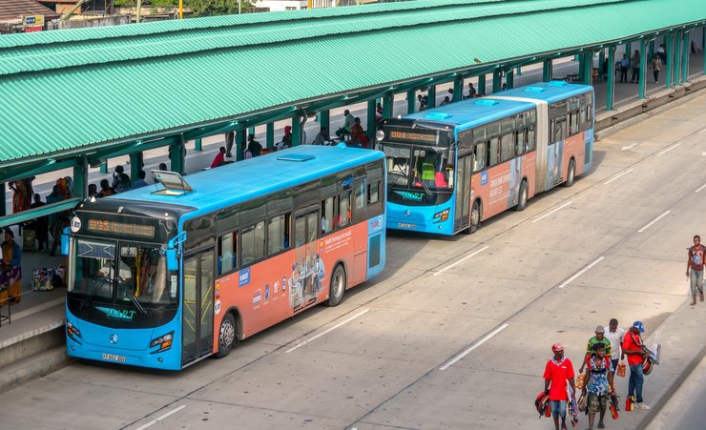Kenya’s dream to have BRT system edges closer to reality
By John Otini, June 16, 2022Kenya may finally actualize the Bus Rapid Transit (BRT) dream after advertising the process for sourcing electric and hybrid buses as a local firm rolled out trial runs on Thika Road, fuelling fresh hopes for organized urban travel.
Neo-Metro which runs the Kenya Mpya Metro vehicles says it has partnered with Swedish Bus manufacturer Scania to launch the vehicles, as more firms mull the move meant to improve Nairobi’s public transport network and complement the matatu sector.
The move was followed by the Nairobi Metropolitan Area Transport Authority (Namata) announcing that it had begun the process of sourcing for electric and hybrid buses two months after electric vehicles were paraded in Nairobi.
“Namata invites sealed tenders from original bus manufacturers, motor vehicle dealers, leasing companies, financial institutions and interested firms for the provision of buses and transport services for the BRT project through leasing,” the authority said.
“For us to go fully electric, we need some ancillary infrastructure. When we have hybrid buses, then when we have the infrastructure, we can switch to fully electric,” said Housing and Urban Development Principal Secretary Charles Hinga.
When it was conceptualised in 2018, the Nairobi BRT actualisation plan was estimated to gobble $92.6 million after the European Union (EU) committed over $49.2 million in grant towards its implementation on the October 31, 2018.
However, despite painting the roads nothing happened. The roads have since been repainted again and taxpayers hope this time they will enjoy the ride along the BRT corridors which were expected to hold up to 100 high-capacity buses and later increase to 300 in subsequent orders.
Commuter rail payment
“BRT will be cashless. There will be a card that will also integrate commuter rail payment. Methods of topping up include normal MPesa playbill or you simply go to a designated vendor,” Hinga added.
When it was conceptualised in 2018, the Nairobi BRT actualisation plan was estimated to gobble $92.6 million after the European Union (EU) committed over $49.2 million in grant towards its implementation on October 31, 2018.
However, despite painting the roads nothing happened. The roads have since been repainted again and taxpayers hope this time they will enjoy the ride along the BRT corridors which were expected to hold up to 100 high-capacity buses and later increase to 300 in subsequent orders.
The drive towards actualising the BRT system comes at a time when there is also growing concerns on energy efficiency and environmental consciousness with calls for electric buses.
Electric vehicles
Kenya currently has 6 EV public charging stations compared to eight in Rwanda with the rest of the East African Community (EAC) countries having none.
“The adoption of electric vehicles across Africa is growing but at a slow pace,” says the survey by Africa Insights Magazine which also shows that East Africa is trailing South Africa and North Africa.
Most of the electric vehicles in Kenya are owned by either taxi companies, bus companies or logistics operators. Taxi firm, Nopea has installed charging stations in three locations, including the Two Rivers Mall, the Hub Karen and Thika Road Mall.
There is another one in Dagoretti corner and also Sarit Centre. ChargeNet Kenya also has a station at ABC Place, Westlands.
More Articles

